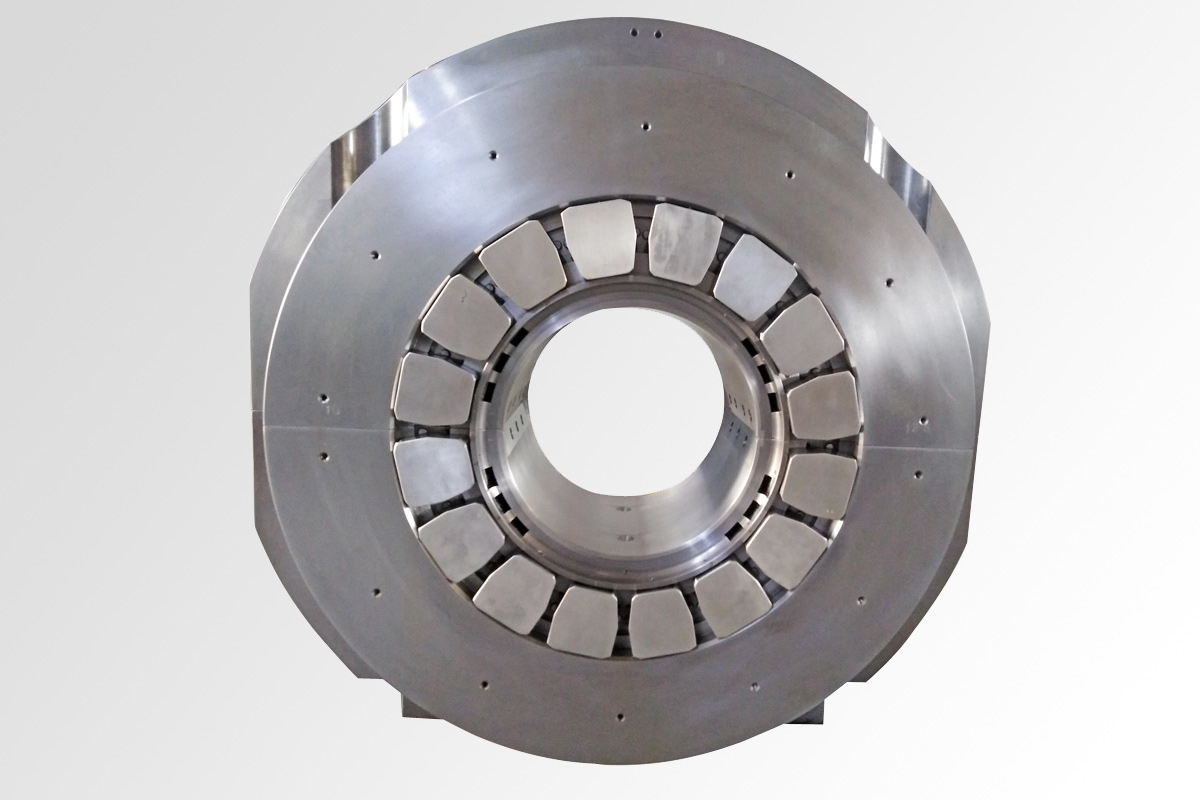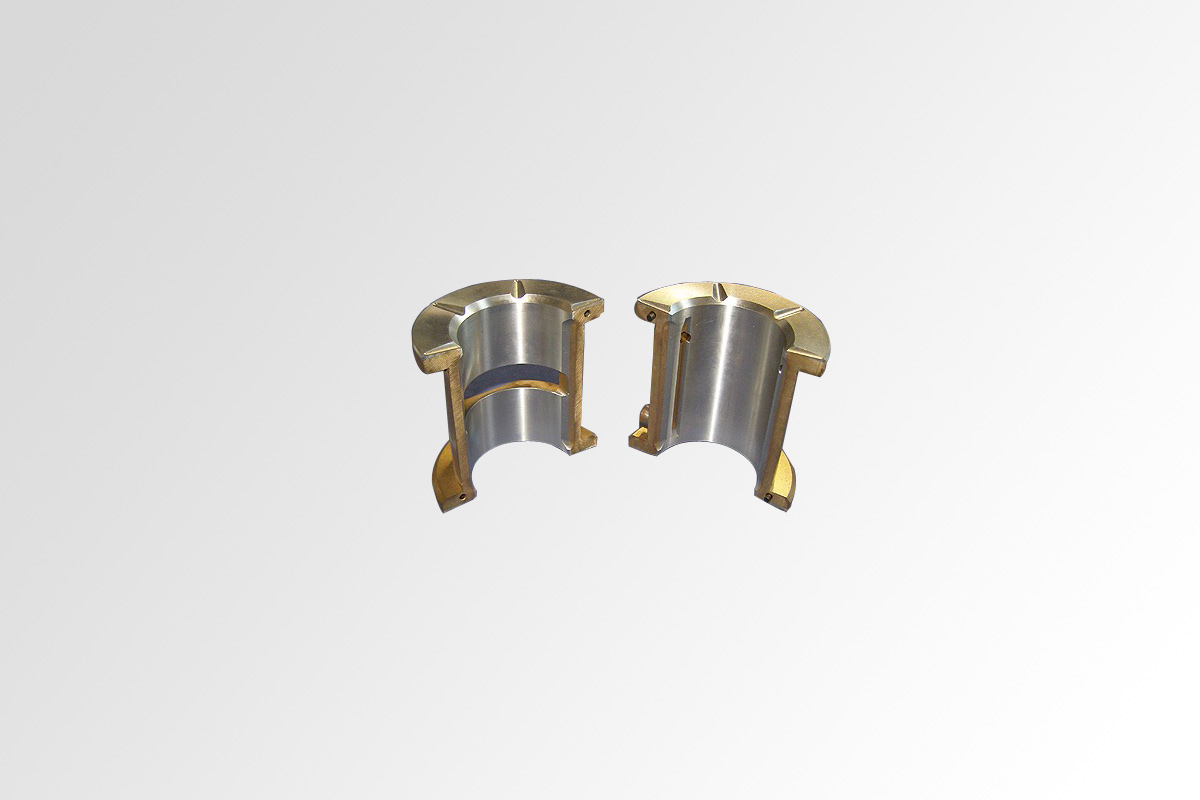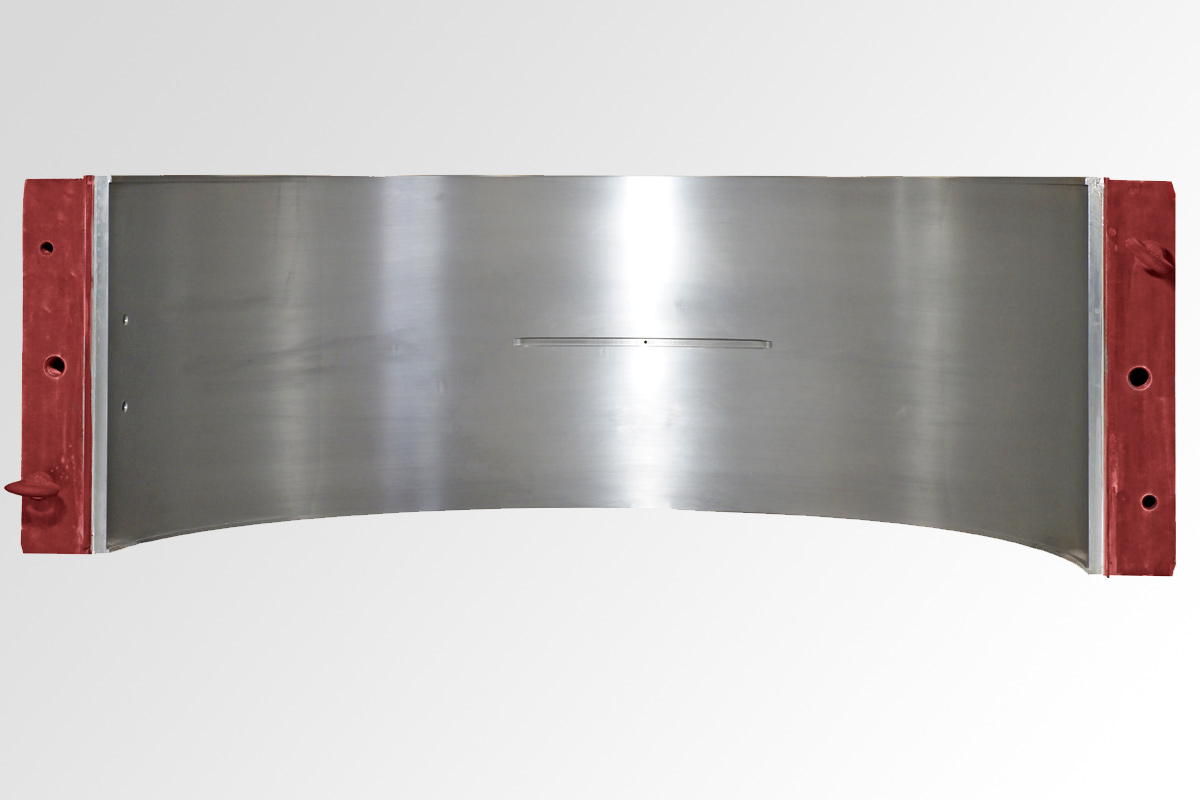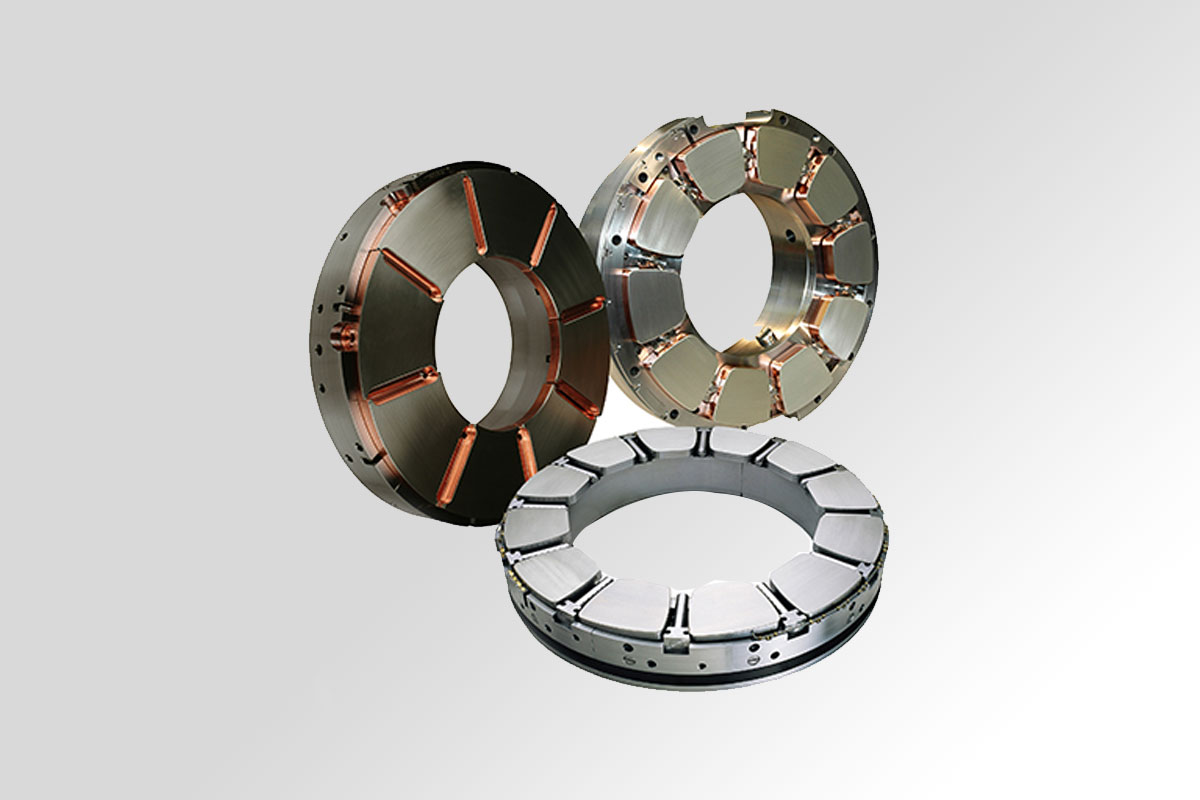Ball bearings might not be the first thing we consider among what keeps machines running smoothly. They stay quietly in the periphery, coping with lifting, reducing friction, and enabling engines to operate without issues.
If you’re someone interested in the mechanical world or an engineer mapping out systems, understanding the numerous classifications of ball bearings is more than just a technical tidbit. It’s a pivotal part of the puzzle regarding a piece of machinery’s performance and lifespan as well as for a spare parts procurement manager.
The 5 Common Types of Ball Bearings will be covered in this article along with their design, function, suitable applications, and practical insight to support your informed choices. You will not only know these elements at the end but also know when and how to use them.
Let’s dive in.
What Is a Ball Bearing and Why Is It So Important?
Bearings serve to reduce friction, and different types are suited to different kinds of friction. A ball bearing is a type of rolling-element bearing that utilizes balls to keep the separation between the bearing races. They mainly serve to reduce friction in the rotation and to take on radial and axial loads.
Ball bearings literally work on the principle of less sliding and more rolling. Imagine dragging a heavy box across a floor versus rolling it on wheels: the second mode takes less effort. That is what ball bearings do inside machines—they keep the pieces moving with less resistance.
With industrial applications, this means less wear and tear, energy conservation, smoother operation, and, finally, less money spent on maintenance. What kind of bearing you choose can greatly influence the outcome.
1. Deep Groove Ball Bearings: The Most Versatile Workhorse
Deep groove ball bearings are the go-to choice for industrial applications because of their versatility, technicality, and cost-effectiveness.
The raceways are deep and circular, allowing the bearing to support radial loads (perpendicular to the shaft) and moderate axial loads (parallel to the shaft). Having a dual capacity serves the vast majority of applications.
You’ll find deep groove ball bearings in:
- Electric motors
- Household appliances
- Power tools
- Fans and blowers
- Pumps and compressors
The low friction and great speed at which these bearings can run make them quite popular. Available in sealed and open versions, these are also rather simple to install and come in a large number of sizes.
Deep groove ball bearings are the go-to choice if your equipment needs dependable, low-maintenance bearings able to operate under regular conditions. This kind provides the ideal balance for businesses wanting to optimize costs without sacrificing performance.
2. Angular Contact Ball Bearings: Precision Under Pressure
When machines are expected to perform at high speeds and bear significant thrust loads, angular contact ball bearings step in.
These bearings are made with an angled contact between the balls and the raceways that lets them support combined loads, especially high axial loads in one direction. Unlike deep groove varieties, angular contact bearings can bear greater thrust yet need meticulous alignment and are frequently employed in pairs or sets for best performance.
Typical use cases include:
- Machine tool spindles
- High-speed turbines
- Robotics and automation arms
- Precision instruments
- Automotive clutches and gearboxes
They are absolutely priceless because they can handle high-speed rotation and load needs across both industrial and precision settings. Compared to simple bearing types, however, they need more installation and alignment attention.
One major idea here is pairing; angular contact bearings are often put in back-to-back (DB), face-to-face (DF), or tandem (DT) setups to maximize load distribution. This lets them be very flexible depending on your machine’s needs.
3. Self-Aligning Ball Bearings: Tolerance Meets Intelligence
No system is perfect. Shafts bend. Housings get misaligned. In such real-world conditions, self-aligning ball bearings are a brilliant solution.
Two rows of balls and a shared spherical raceway in the outside ring make up these bearings. Without jeopardizing performance, this arrangement lets the inner ring automatically adapt to little misalignments.
Common industries that rely on self-aligning ball bearings include:
- Agricultural machinery
- Textile equipment
- Conveyors
- HVAC systems
- Industrial fans
They’re especially helpful in scenarios where shaft deflections or mounting inaccuracies are unavoidable. By reducing stress on the system, these bearings increase both lifespan and efficiency.
From a design perspective, they’re a smart choice when perfect alignment is difficult to achieve or maintain, and they are known for quiet operation with minimal heat generation.
4. Thrust Ball Bearings: Master of Axial Load
While most bearings are designed to handle radial loads, thrust ball bearings are engineered to carry axial loads only. That means they’re best suited for situations where the force runs along the shaft rather than around it.
Thrust bearings consist of two washers—one attached to the housing and the other to the shaft—and a set of precision balls in between. Because of their axial-only load capacity, they are typically used in low-speed, low-impact environments.
Common applications include:
- Automotive clutches
- Marine propulsion systems
- Industrial jacks
- Vertical shafts in pumps
It’s crucial to note that thrust ball bearings are not designed to bear radial loads, and misusing them in such conditions will lead to early failure. But when applied correctly, they offer smooth, noise-free operation even under high axial pressure.
They are available in single-direction and double-direction types depending on whether the load comes from one side or both.
5. Miniature Ball Bearings: When Size Matters Most
In a world where technology is shrinking, miniature ball bearings are increasingly in demand. These compact components, often less than 10 mm in inner diameter, deliver precision and performance in small-scale applications.
Despite their size, they are built to the same standards as their larger counterparts, offering high-speed capability, reduced torque, and exceptional reliability.
You’ll see them used in:
- Medical devices (like dental tools and surgical instruments)
- Drones and UAVs
- Computers and cooling fans
- Camera equipment
- Laboratory machinery
In those situations where room is very limited, miniature bearings will have to be used, but never to the point of compromising on reliability and efficiency. For cleanrooms and sterile locations, one can find stainless steel and ceramic materials, which are resistant to corrosion.
In high-tech industries, picking the correct small little bearing incorporates other factors like noise level, even speed, electric insulation, and the type of lubricant used. These are the specifics that either make or break sensitive equipment performance.
Choosing the Correct Ball Bearing
To choose a ball bearing, a clearer understanding of the equipment is needed, as well as the environment surrounding the equipment. To assist you, we have prepared key decision-making milestones to make your decision easier.
- This leads us to the first decision, Type of Load: Will your case have radial, axial, or combined loads?
- Operating Speed: Systems that run on high speed will require low-friction bearings that won’t heat up.
- Alignment Tolerance: Are/Will your assembly parts be completely aligned, or is some level of deviation expected?
- Environment: Will the bearing face dust, moisture, chemicals, or even extreme temperatures?
- Space Limitations: Will you need a strong, compact solution with respect to the bearing?
- Maintenance Required: Are you looking for a bearing that can be maintained regularly or a sealed bearing that has grease to keep it lubricated?
Metatek provides skilled advice to assist you in picking just the appropriate bearing for your use. Having supplied sectors ranging from construction and automotive to aerospace and electronics over decades, we know how the smallest parts may have the most influence.
Why Metatek Is the Right Partner for Your Ball Bearing Needs
There are countless bearing suppliers out there, but not all of them prioritize quality, performance, and customer relationships the way we do. At Metatek, we stand by:
- High-precision manufacturing with international standards
- A wide range of bearing types and sizes in stock
- Customized solutions for specialized applications
- Timely delivery and responsive customer support
- Expert guidance from real engineers who understand real problems
We don’t just sell bearings—we solve performance challenges and build long-term partnerships.
Final Thoughts
Although tiny, ball bearings have a significant impact on the industrial and mechanical fields. They are critical for movement, efficiency, and reliability for smooth operation of ceiling fans and for high-speed turbine motors.
Understanding the five most common types of ball bearings—deep groove, angular contact, self-aligning, thrust, and miniature—equips one to make better engineering and supply chain decisions.
Metatek is here every step of the route to help you when you’re ready to find premium ball bearings that match your specific requirements.
Ready to find the right bearing solution? Reach out to our team at Metatek today, and let’s get your machinery moving at its best.










